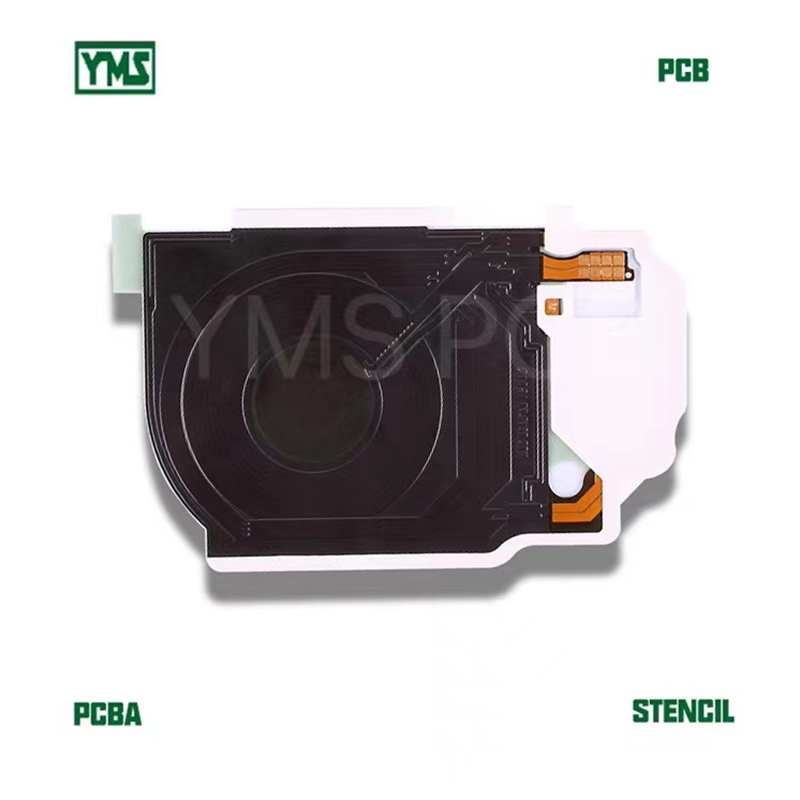
The flexible printed circuit board (FPCB) market is experiencing a significant transformation, primarily driven by the increasing demand for compact electronic devices and innovations in technology. This article delves into the current market trends, potential growth areas, and technological advancements that are defining the future of flexible PCBs.
According to industry reports, the global flexible PCB market was valued at approximately $XX billion in 2023 and is projected to reach $YY billion by 2028, growing at a CAGR of ZZ%. The rise in adoption of consumer electronics, including smartphones, wearables, and IoT devices, continues to fuel this market's growth.
Recent advancements in materials and manufacturing processes have significantly improved the performance and reliability of flexible PCBs. Technologies such as HDI (High-Density Interconnector) offer enhanced electrical performance, allowing for smaller and more complex designs.

As more industries integrate flexible PCBs into their products, the market potential looks promising. The automotive industry, in particular, is expected to be a major driver as vehicles increasingly utilize advanced electronics for navigation, safety, and entertainment systems.
In conclusion, the future of flexible PCBs is bright, with a multitude of opportunities across various sectors. Companies involved in the design and manufacturing of flexible circuit boards must stay ahead of technological trends to remain competitive in this rapidly evolving landscape.
